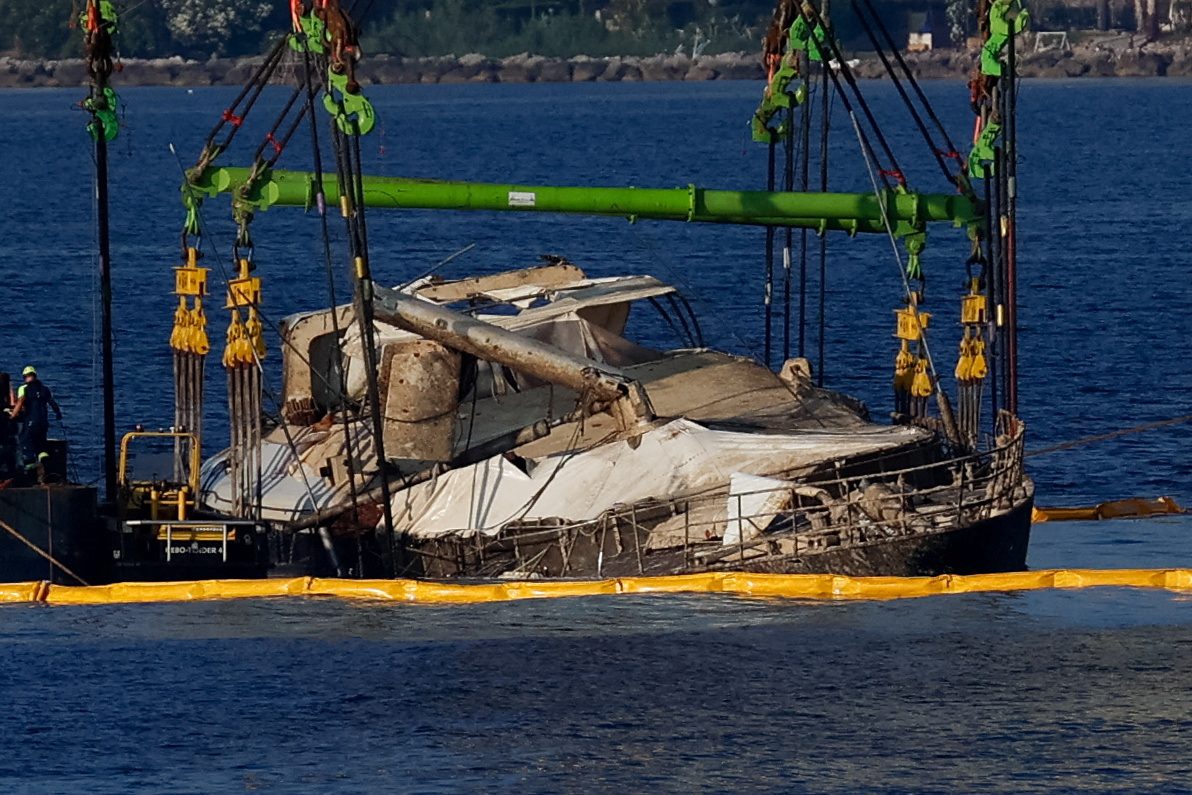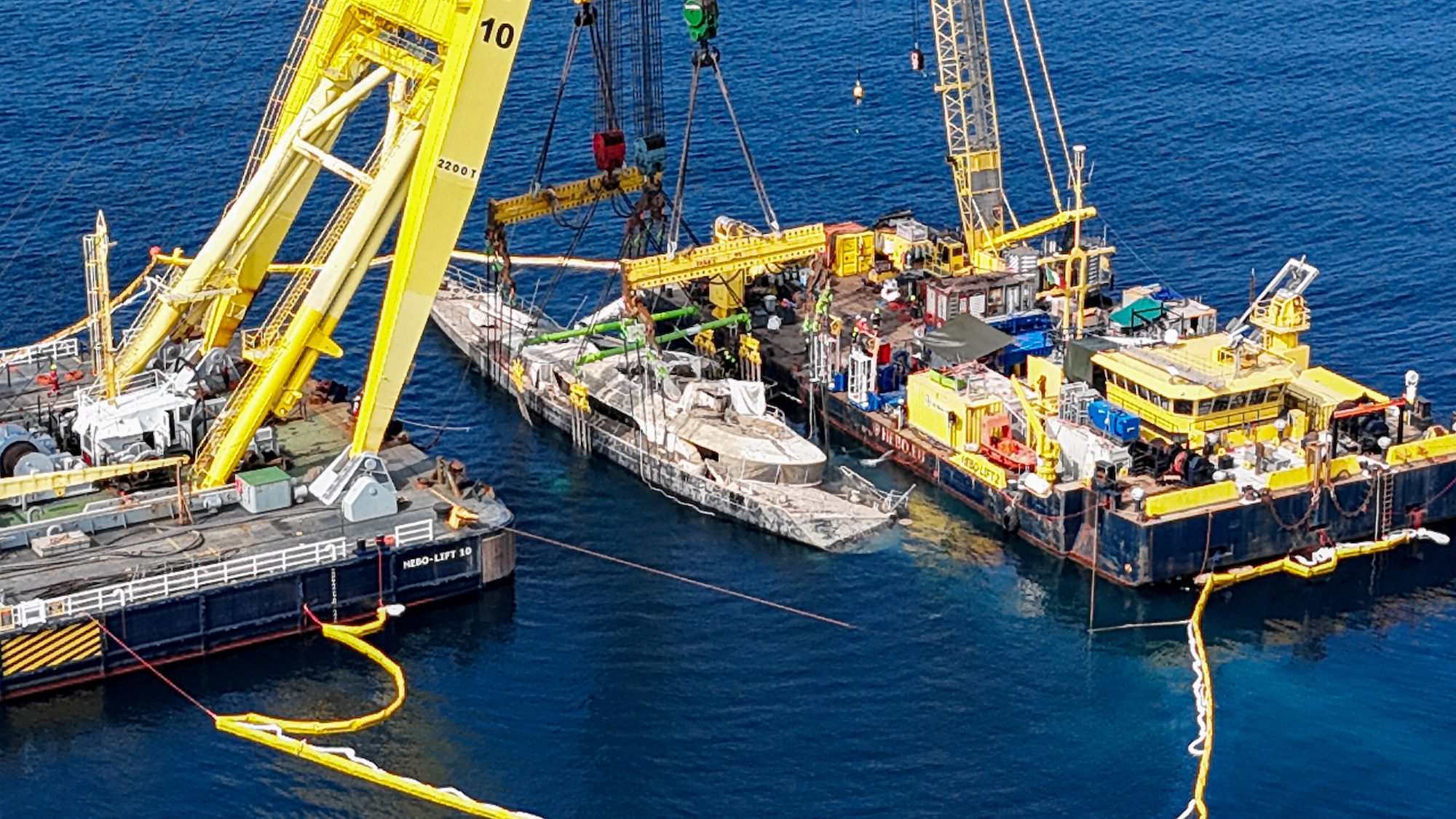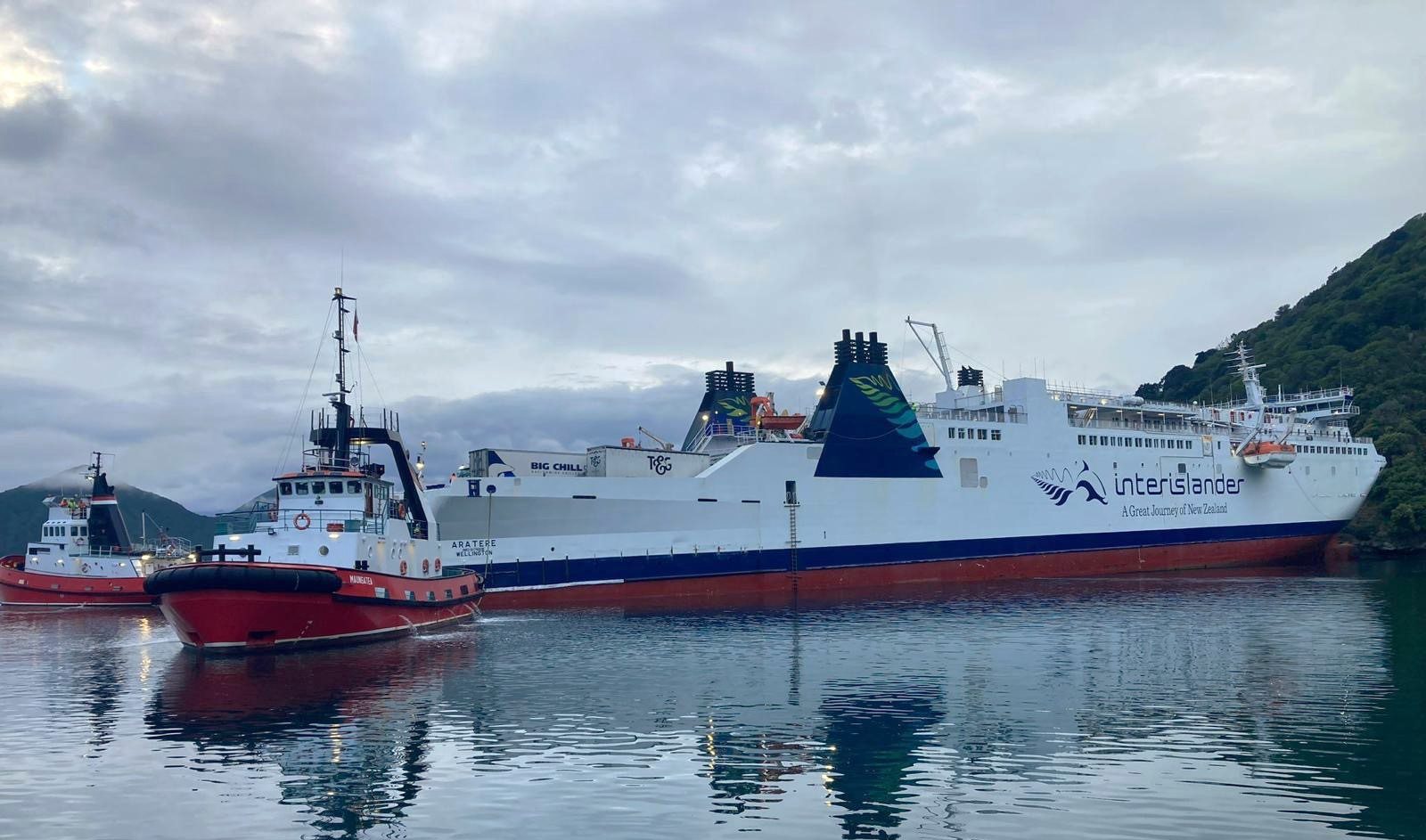The erratic steering of a supply vessel led to a 2019 collision resulting in more than 6,000 gallons of diesel oil being dumped into Sabine Pass, a busy waterway between Texas and Louisiana, the National Transportation Safety Board said Thursday.
The offshore supply vessel Cheramie Bo Truc No 22 and the Mariya Moran/Texas collided on November 14, 2019, in the Sabine Pass Jetty Channel in Port Arthur, Texas. Details of the NTSB’s investigation and its findings are contained in Marine Accident Brief 21/08, which the NTSB released Thursday.
Damages from the collision exceeded $1.8 million, and the waterway was closed for a time for the diesel oil spill cleanup.
The NTSB said the probable cause of the collision was the Cheramie Bo Truc No 22 turning into the path of the Mariya Moran/Texas.
During the accident sequence, the on-watch AB and engineer expressed concern to the mate of the Cheramie Bo Truc No 22 regarding his erratic steering. The mate ignored them, yet neither the on-watch AB nor the engineer notified the captain.
A post-collision alcohol test administered by the captain indicated the mate had drank recently but did not demonstrate conclusively that the mate was impaired by alcohol.
“However, attempting to use the autopilot in a channel, nearly colliding with stationary jack-ups, weaving across the channel, ignoring the warnings from the on-watch AB and engineer in the wheelhouse, and suddenly turning in front of the [Mariya Moran/Texas] all indicate a degree of misjudgment, impairment, and/or incompetence,’’ the NTSB’s report said.
Contributing to the collision was a lack of early communication from both vessels.
“Safe and effective navigation is not one person’s job,’’ the NTSB’s report said. “Bridge resource management includes the concept of teamwork, which is an essential defense against human error. A good team should anticipate dangerous situations and recognize the development of an error chain. If in doubt, team members should speak up or notify a higher authority. Vessel operators should train their crews on and enforce their safety policies.”
The full Marine Accident Brief 21/08 can be found on the NTSB website.

 Join The Club
Join The Club










